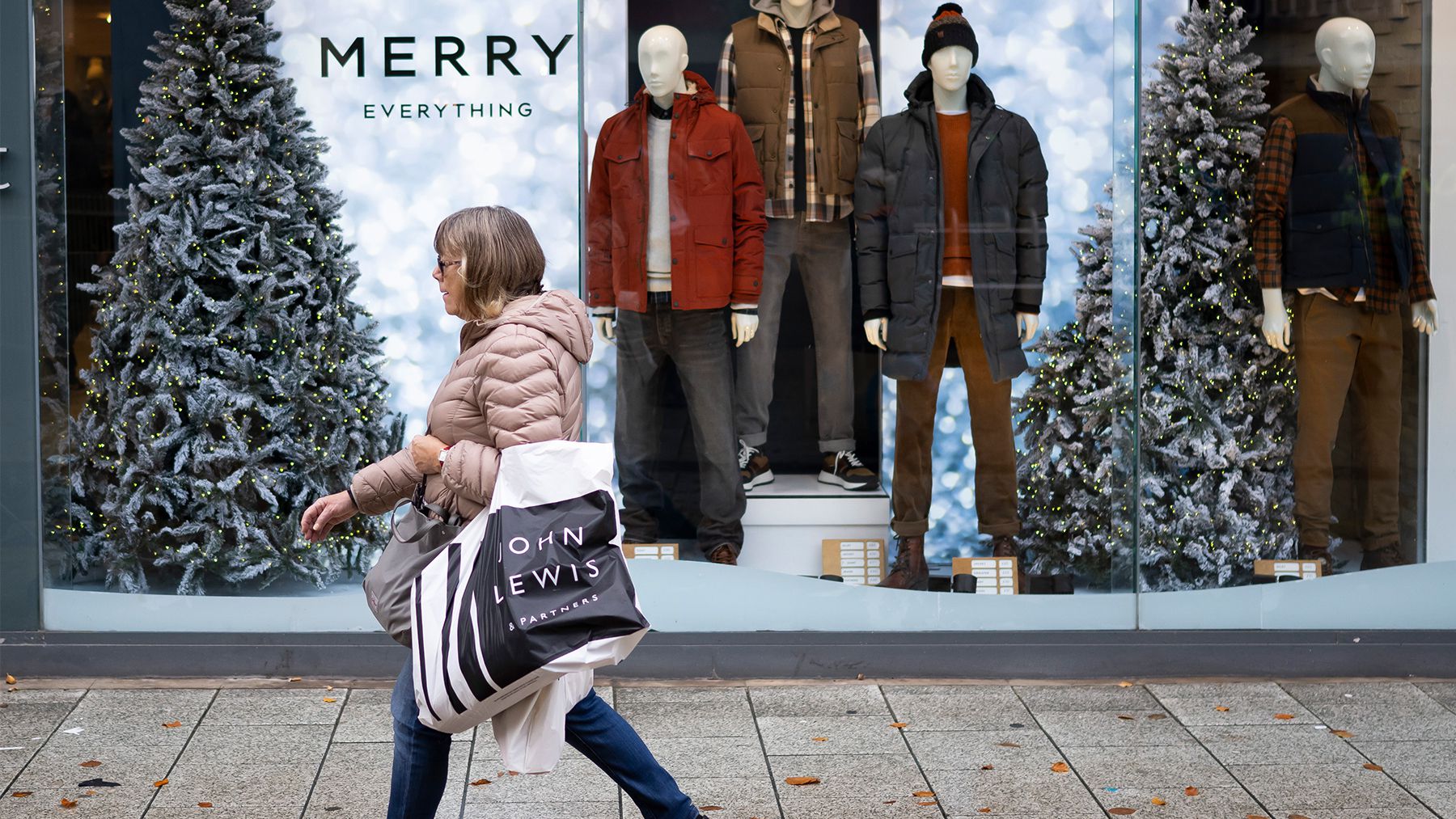
It’s a cliché to say the holiday shopping season comes earlier every year. This time it happens to be true, thanks to inflation: customers worried about rising prices are shopping for presents earlier than usual. A US National Retail Federation survey in September found large numbers of shoppers already looking for gifts in the belief that, with inflation running rampant, the bargains and promotions wouldn’t get any better as Christmas approaches. Big retailers such as Amazon and Walmart have encouraged that mindset by kicking off their holiday sales in early October for a second year running; expect more to follow as the Halloween decorations come down this week.
Those early bargain hunters are operating on some mistaken assumptions. Many retailers are stuck with a glut of unsold merchandise ordered in more optimistic times. The early, Black Friday-level discounts are more likely a sign of even bigger markdowns to come, rather than a one-time offer.
Retailers, too, are juicing sales now in the belief that times are only going to get worse. Unlike consumers, they have plenty of data to support this thesis: economic indicators increasingly point to a recession in many parts of the world, and the US Federal Reserve’s expected interest rate hike this week following a similar move from the European Central Bank last week may hasten a downturn. Surveys show consumers are less and less likely to splurge on holiday gifts: Adobe, which analyses credit card transactions to track consumer spending online, predicts US holiday season e-commerce sales will rise a paltry 2.5 percent year on year (the pre-pandemic norm was year-on-year growth in the mid-teens). Apparel in particular is due for a rough season, with projected sales falling nearly 7 percent from 2021.
In Europe, where shopping districts will run their energy-efficient holiday lights for fewer hours due to skyrocketing electricity costs, retailers will almost certainly fare even worse. One report, from Metapack and Retail Economics, found UK consumers will cut non-food spending 22 percent this season, and Germans by 9 percent.
The pain won’t be spread evenly among fashion brands. A PwC survey of US consumers found those with an annual income above $120,000 plan to spend 15 percent more this holiday season (while overall consumer spending is likely to be flat). This means we are likely in for at least one more season of luxury brands raising prices and reining in discounts, while all the other categories resort to markdowns to move excess inventory.
The big question retailers at all price points are grappling with is whether they’ll have enough staff on hand for even a muted holiday rush. US retail job openings fell to their lowest level since 2020 in August (new US data for September is due out on Tuesday), reflecting growing caution about hiring too many workers for what is shaping up to be a fairly tepid shopping season. We’ll get an update on job openings on Tuesday, plus full US employment data on Friday. Regardless of what the numbers show, however, the effects of a two-year labour shortage won’t be fully worked out by Christmas.
What Else to Watch This Week
Monday
Halloween
On Holdings releases results
Euro zone GDP, inflation data released
Tuesday
The Sustainable Apparel Coalition, which produces the Higg Index, holds its two-day annual meeting
US job opening data for September
Wednesday
Revolve, E.l.f., Estée Lauder and Canada Goose release results
US Federal Reserve expected to announce an interest rate increase, to 4 percent
Thursday
Chanel holds a cruise show in Miami
Netflix launches its first ad-supported subscription tier
Under Armour and Hugo Boss release results
Bank of England expected to announce interest rate increase, to 3 percent
EU publishes September unemployment figures
Friday
US unemployment data for October released
The Week Ahead wants to hear from you! Send tips, suggestions, complaints and compliments to brian.baskin@businessoffashion.com.



